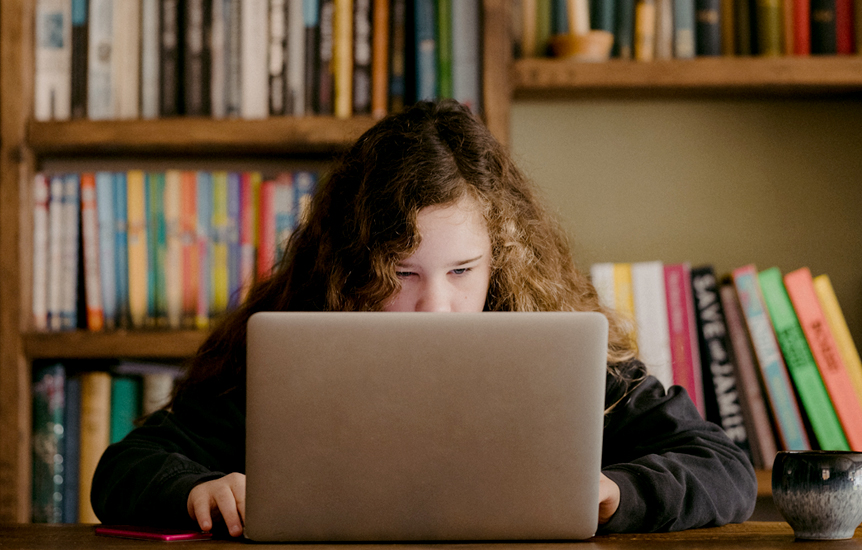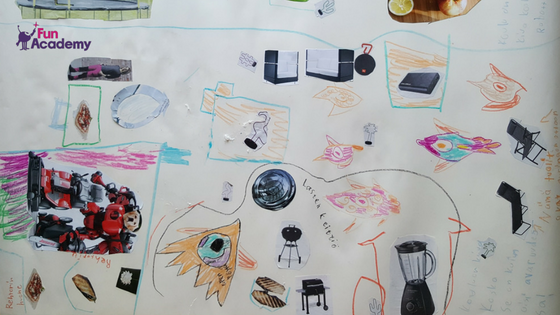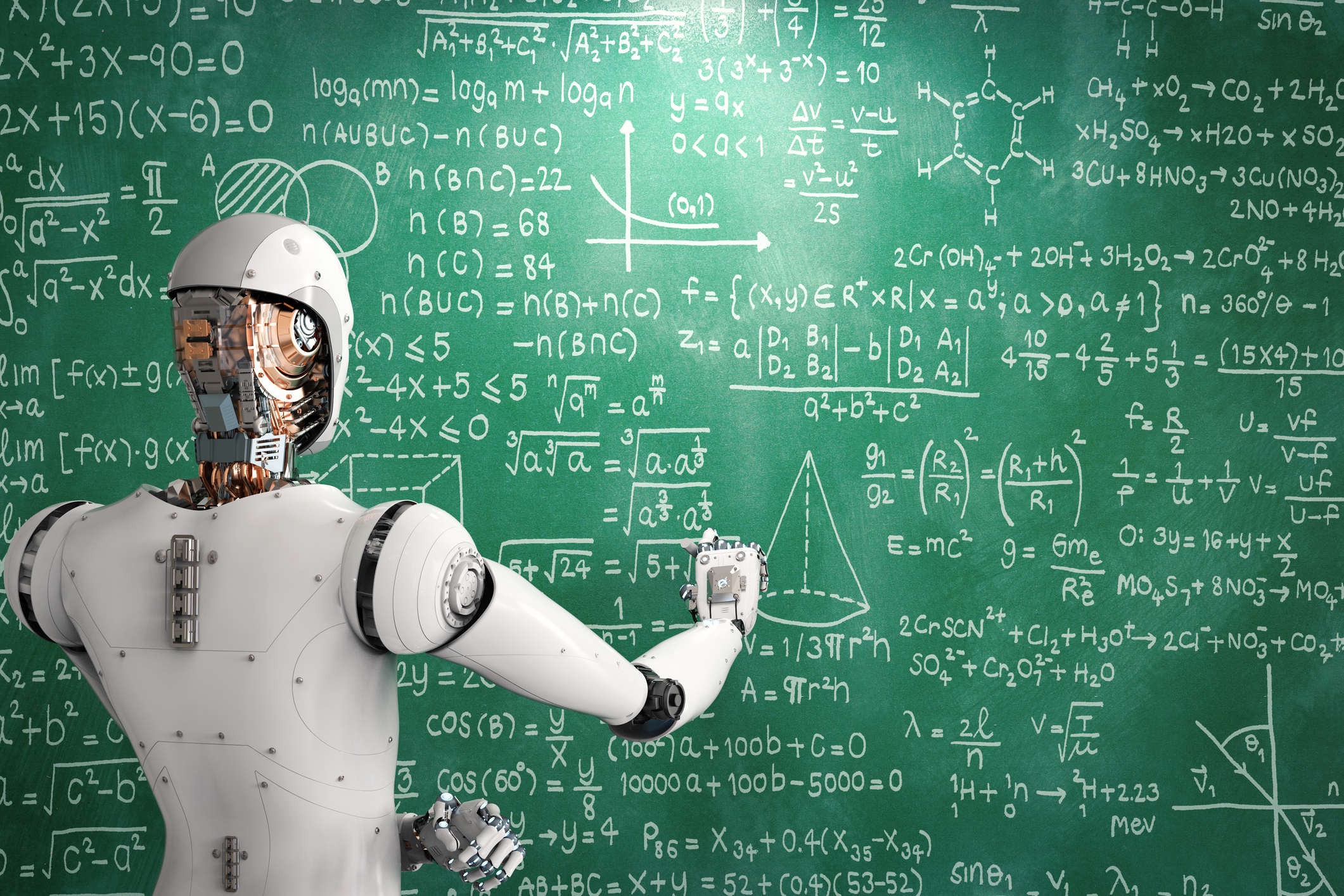 Back to all articles
Back to all articles
Blogs
Futuristic Learning: How Blended Learning is Becoming a Trend in Education


Let’s be frank about it, schools do not seem like traditional schools any longer. Today’s high schoolers are learning how to fly drones, using computers as a replacement for paper and pencils, and 3D printing their art drawings. In regular education, you used to sit under the same roof, and the study pattern was teacher-driven.
A teacher would come to our classroom, taught you a lesson, gave some homework, and would leave. But in this modern era, there is less interaction with peers to cater to doubts and little meetings with teachers after the class to clear the confusion. But through blended learning, both traditional and modern methods are combined to give students control over their learning patterns.
Clearly, due to engineering technology, the level of education has elevated to a futuristic learning or blended learning system. Students are taking custody of their blended learning procedures and they are positively able to attain various skill sets that they can later be able to smear in real life. The present students are being trained into future students using newer technologies such as Artificial Intelligence, Augmented Reality, Virtual Reality, Smart Automation, and Machine learning.
On September 18, 2018, the Fun Academy School assigned a task to a group of 26 students, all eight-years-old, to design a classroom from the future. The results were astonishing yet practicable. As per their discovery, futuristic blended learning will be dominated by a “maker-culture” where students will have all the necessary equipment available to put their knowledge into practice. Problems will be solved in real-time other than on papers.
Furthermore, future classrooms will go paperless, lectures will be led by robot assistants, no human principal but a robot principal; well that could be a plan to get rid of school staff members.
Those ideas were a clear reflection of the changes they wished to see, also described that the traditional schooling system was not serving the needs of students and better practices of blended learning.

Why Blended Learning is Trending?
Blended learning is becoming all the rage; it is a new way of teaching that combines online resources with in-person instruction to create a more personalized learning environment. It is also defined as a “flipped classroom approach” where students consume all of the study material at home and they would complete work assignments in the classroom that were traditionally given as homework.
By placing the content online, students will learn at their own pace. If there is no familiarity with the content, they could pause the lecture, re-watch it, and make notes. Correspondingly, disabled students could take a break, rest for a while, and then get back to study.
Digital blended learning can prove to be a good opportunity for kids to have a clear roadmap to what is expected and what requirements are needed to reach a final goal.
“Save the Cell Phones” - a new campaign
Is your school considering a ban on cell phones? Don’t let it happen! Smartphones are not built to answer calls only, they can be used for interactive blended learning.
Let’s start with this. Are your kids using cell phones just to play games? What kind of apps do they have on their phones? Since every kid is a cell phone user these days, why not try a different approach and make use of smartphones to learn something new every day? Mostly in digital blended learning, students are encouraged to bring their smartphones to classrooms.
Finally this too! Imagine if your kids are delivering exams on their tablets. Future schools will go properly paperless and kids will have access to course materials in electronic format only, and assignments will be completed on each student’s mobile phones.

Old School no more: Artificial Intelligence Disrupts the Future Education
What if every child has their teacher? Would you prefer your kid to get educated as per his/her pace? Imagine none of your children are failing their careers but progressing with unique skills? This will be made possible through AI.
Personalized learning is an approach that allows students to learn as per their strengths, needs, skills, and interests. Each student gets a personalized plan that is entirely based on what he already knows and what he wishes to learn to focus on his worst.

There’s a real-time example of futuristic learning. Shok Goel built an AI assistant for his courses and the concept will shape the future of education. With AI teaching assistant, information on individual student’s learning progress is gathered as data, predictions are provided to assess student’s success and failure, gaps are identified in their learning, help is offered in highlighting strengths and weaknesses, and suggestions are given where extra support is be required.
Other than I tell you in words about AI transforming the world of education, why don’t you hear and vision something extraordinary? Trust me, it will be worth it.
Finally, my favorite part! AR/VR in support of Blended Learning
Shortly, classrooms will use technologies such as Augmented Reality and Virtual Reality to greatly increase student engagement and enhanced blended learning.
If you are an Egyptophile, rather than learning about Egyptian Ancient Culture and seeing pictures of Egyptian Pharos in textbooks only, you can don your VR headsets and be instantly taken to Egypt through an immersive environment. You can look around the Pyramids, explore castles, forts, fortifications, and city walls to learn in-depth and engage more. You are intrigued, I KNOW!
You know about holographic images i.e. objects coming into the real-world. How about a science student explore space by sitting in his classroom? How about you can go to the moon, travel mars and see starts? Not only that, but Augmented Reality can be used to study Anatomy in detail. There hasn’t been anyway since yet to teach students Anatomy other than cutting a human body or a plastic body. But mixed reality has the potential to transfigure the futuristic learning system by bringing 3D content to life.
Learners can simply wear a headset and see in front of them a human body showing every part that can’t be seen with a naked eye. Of course, understanding a human function in a 3D model can be a bit confusing but holograms can easily separate and focus on an individual’s system. That’s terrific!
All right, this can be taken as a futuristic learning example but I believe there will come a time when students or explorers will arrange a face-to-face meeting with their heroes.
Take a deep breath and listen to me… It is not known how the environment will be constructed but how about a meeting with Sir Isaac Newton? An up-close and personal introduction with William Shakespeare? Or maybe, Alexander the Great who forced the most powerful empire spread from Greece to India, conquering Persia, Syria, the Balkans, Egypt, and many other regions????
AHHH, you want to be in the future already!
Don't hire us right away
talk to our experts first,
Share your challenges, & then decide if we're the right fit for you! Talk to Us
Partnerships & Recognition
Commitment to excellence






